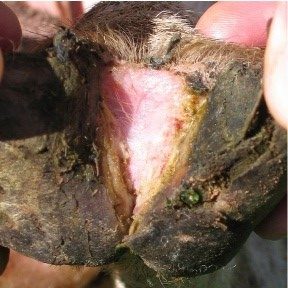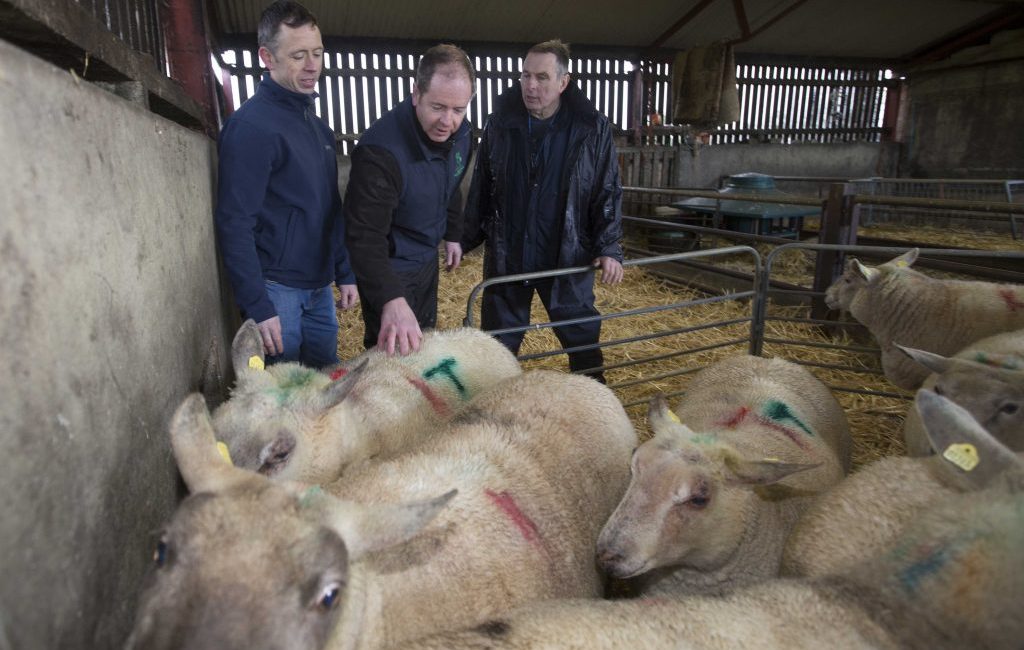
Sheep lameness – Underlying issue to reduced performance? – Bovilis
Lameness in sheep | Causes | Prevention Sheep lameness – Underlying issue to reduced performance?
Read more about Sheep lameness – Underlying issue to reduced performance? – Bovilis

Lameness in sheep | Causes | Prevention Sheep lameness – Underlying issue to reduced performance?
Read more about Sheep lameness – Underlying issue to reduced performance? – Bovilis

Vaccination as part of the strategy to control footrot has meant ewes with more milk, better lamb thrive and more lambs sold for Roscommon farmer Joseph
Read more about Footrot vaccination a big success on Roscommon sheep farm – Bovilis